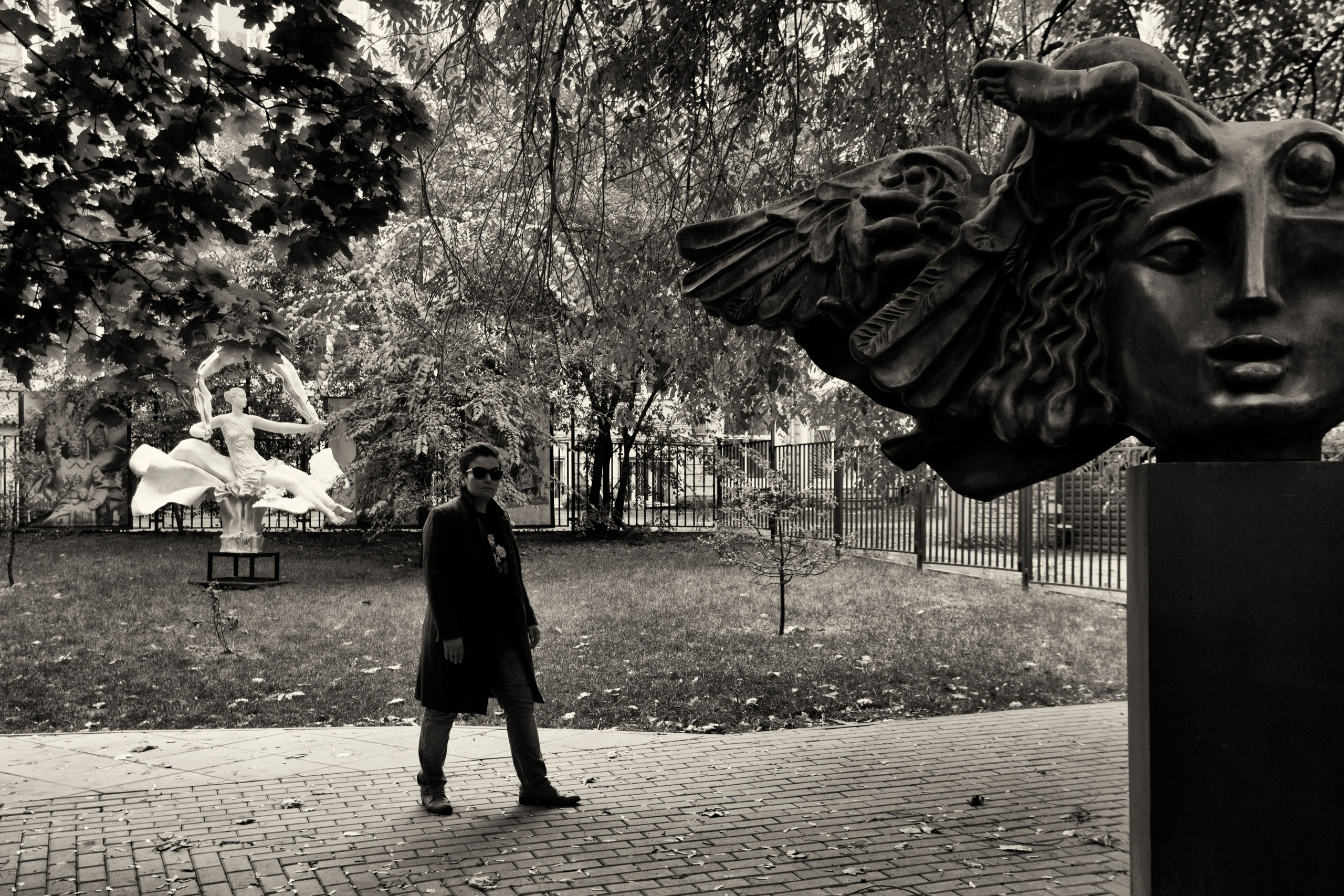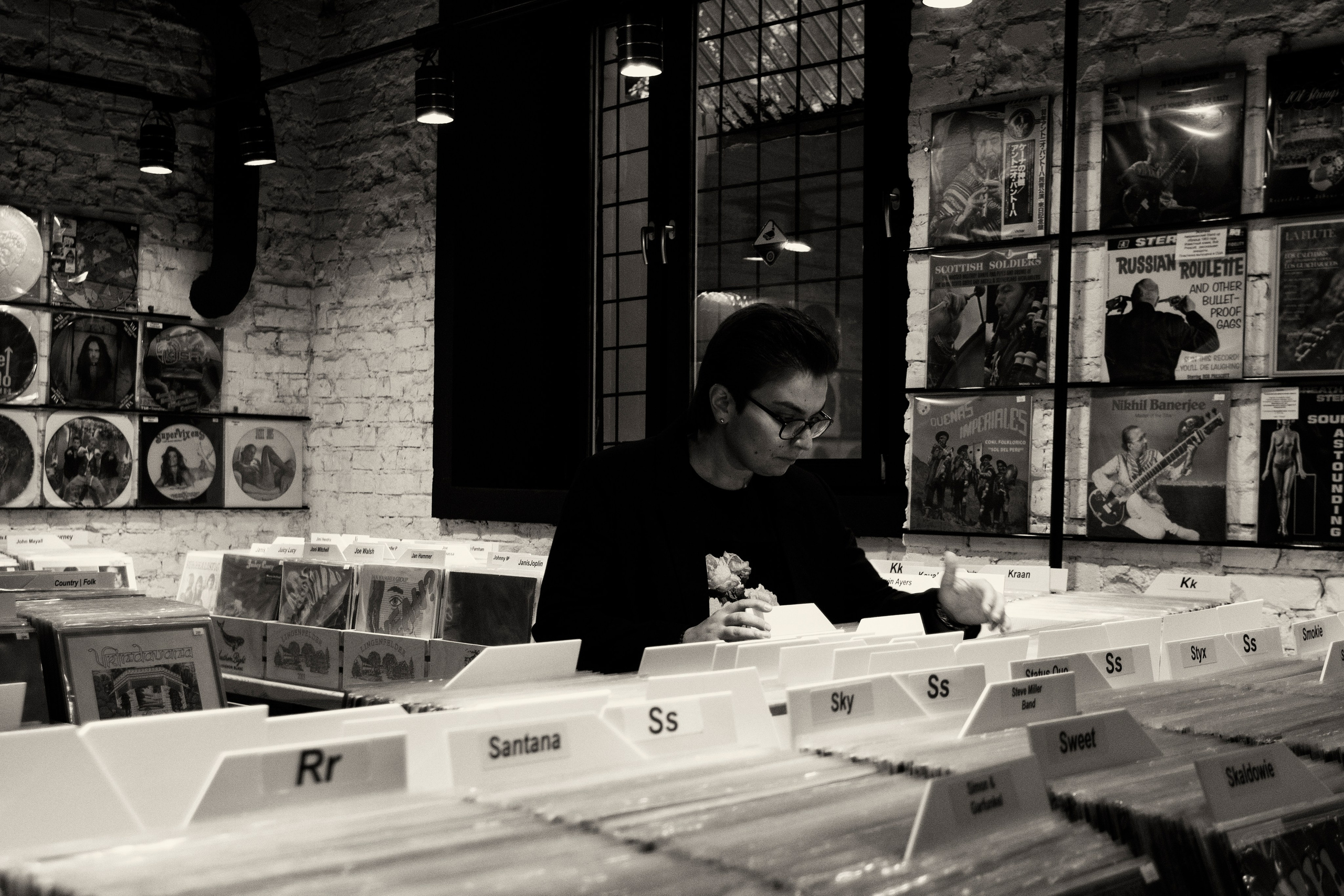The Vision
How did you get into photography?
My passion for photography began with the Moscow Biennials “Fashion and Style in Photography” in the early 2000s. As part of these festivals, the works of great fashion photographers — Helmut Newton, Bettina Reims, Peter Lindberg, Annie Leibovitz, Mario Testino, Patrick Demarchelier and others — were shown in Moscow. To this day, their work is still a mainstay, a constant reference and inspiration for me. Then I bought my first digital camera in 2006 and tried landscape, panoramic and HDR photography. Already then I determined for myself that for me an important moment in photography is working with space. Studying at master classes with such great masters as Georgy Pinkhasov, Dmitry Zverev, Artem Zhitenev, Alexander Petrosyan, I shot in the genres of travel, street and reportage photography. Traveling to different countries contributed to my growing passion for photography as a way of exploring the world around me. After completing my business education, I made the decision to take my photography competences to the next level by completing a program at the Rodchenko Art School and then in 2018-2019 at the Fotografika Academy of Documentary Photography and Photojournalism. This allowed me to gain skills in the project work in photography, to think systematically, to work with series, to create visual stories and realize photo projects.
How would you describe your photographic style?
I would describe my style in photography, especially in portrait photography, in terms of humanistic values. An individuality is always important in the frame. While working with models, I try to showcase this individuality. Often it is not easy, because a person living in society hides behind many masks. I believe that a photographer’s task is to show the natural beauty of each person.
What do you believe sets your work apart from other photographers in the industry?
I like to create a kind of story in the frame, a certain narrative, references to styles and genres in art. At the same time, in portrait photo shoots, I like to work through a certain type of model, finding appropriate references in movies and music videos. Also, the interiors, clothes on the models must correspond to the general intention, a certain aesthetics created in the frame. In the portrait photography I prefer to use wide angle lenses. It allows to showcase more space in the frame and also to tell a story even if it means only one photograph.
Where do you get your creative inspiration?
I usually get inspiration for my photographic practice from cinematography, music videos and music. I love to get insights from classics of world cinema such as Sidney Lumet, Michelangelo Antonioni, Billy Wilder, as well as contemporary directors such as Pedro Almodovar, François Ozon. Music videos also provide subjects for portrait photo shoots. Often they are dismantled into separate frames, from which it is possible to create new meanings.
Can you describe a challenging project you worked on and how you overcame the obstacles?
In 2019, I shot a rather extensive project — “Within the Virtual Reality”, which was exhibited several times and published in Russian and foreign publications. Within this project there were about 10 photoshoots in different locations and with different characters. The aim was to show the growing influence of virtual reality on ordinary human life. The growing request for new communication environment stimulates the evolution of the virtual and augmented reality technologies turning them into increasingly necessary part of life. Progressively this space becomes more and more independent in comparison with the real social interaction and strive to change it. In the future it will possibly lead to erasing the borders between virtual and ordinary worlds. Even though all the social, economic and ecological problems are becoming pros for diving deeper and deeper into virtual world does the human being exchange his habitual world to virtual one? This question is still open.
What do you think makes a photographer good at their job?
I think that a really good photographer always has his own manifesto, the values he wants to convey in his creative practice to his audience. It’s important to have your own mission and to follow it clearly.
What are your thoughts on the future of photography?
I think that, contrary to expectations, the future of photography will depend solely on the creative competencies of the photographer, and the widespread fascination with neural networks will decline. In the future, it will be important to be able to synthesize the photographic heritage of the past years, creating new meanings on its basis, campaigns, and to clearly follow the trends. In the fashion photography, of course, it will be important to visualize the social component, the message that designers put into their collections.


